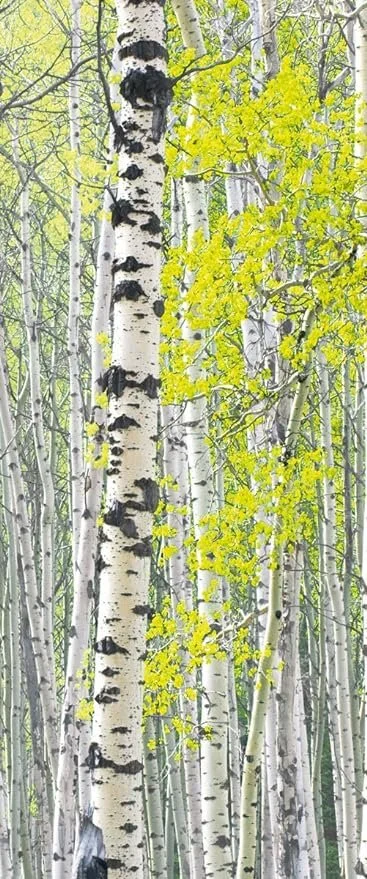As its name implies, birch sap is the sap extracted from birch trees such as the North American Sweet Birch and the Silver Birch.
It is a slightly sweet, thin and watery syrup made up of sugars, proteins, amino acids, and enzymes. The refreshing liquid is consumed as a tonic and traditional beverage in many northern European countries such as Poland, Russia, Lithuania, and Finland and as well as parts of northern China and Korea.
Birch sap may be consumed both fresh and naturally fermented. It has also been made into wine and vodka. In Russia, malic and citric acid are added to birsh sap to produce a juice much like apple juice.
Birch sap is usually collected at the end of winter and the beginning of spring when the sap is moving up the tree. A bottle is tied to the tree and a hole is drilled into its trunk. A plastic tube leads the sap that drips out to the bottle.
Each mature tree will produce about a gallon of birch sap each day for 10 to 20 dasy during a season that only lasts about a month. Birch sap must be collected before any green leaves have appeared in the spring, otherwise it becomes bitter.


